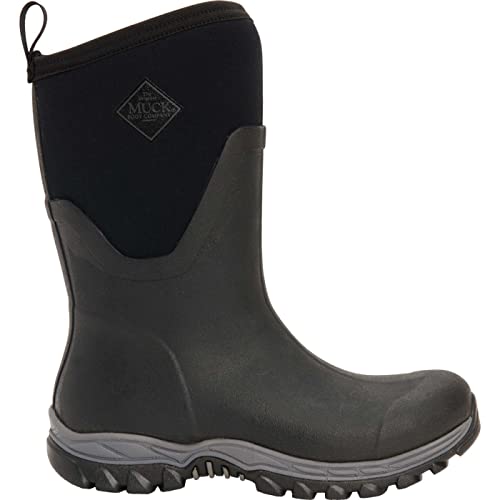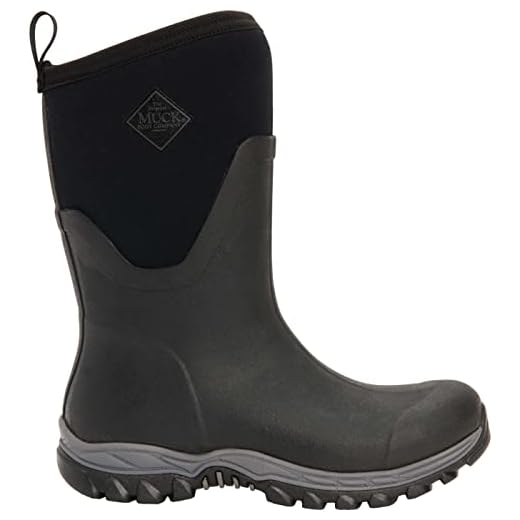




Shoveling snow can be a challenging task, especially during the winter months when the snow seems to pile up endlessly. However, with a few simple tips and tricks, you can make this dreaded chore a little easier on yourself.
Dress appropriately: Before heading out to shovel the snow, make sure you are dressed warmly in layers to protect yourself from the cold. Wear a waterproof outer layer to keep yourself dry and insulated gloves to keep your hands warm. Don’t forget a hat and a scarf to cover your neck and head.
Warm-up before you start: Shoveling snow is a physical activity that can put strain on your back and muscles. Before you start, warm up your body by doing some simple stretching exercises to loosen your muscles and increase your flexibility. This will help prevent injuries and make the task easier.
Choose the right shovel: Using the right shovel can make all the difference when it comes to shoveling snow. Opt for a lightweight shovel with an ergonomic handle that will allow you to maintain good posture and reduce strain on your back. Additionally, a shovel with a curved blade can make it easier to lift the snow.
These are just a few tips to help make shoveling snow a little easier. Remember to take breaks when needed, stay hydrated, and listen to your body. By following these tips, you can make this winter chore much more manageable.
Protect Yourself from Snow-Related Injuries
Shoveling snow can be a physically demanding task, and it’s important to take steps to protect yourself from potential injuries. Here are some tips to help you stay safe:
- Dress appropriately for the weather. Wear warm layers, including a hat, gloves, and insulated boots. Choose clothing that allows for easy movement and visibility.
- Stretch before you start shoveling. Stretching helps warm up your muscles and reduces the risk of strains or pulls.
- Use the right shovel. Choose a shovel that is the appropriate size and weight for you. Consider using a shovel with a curved or adjustable handle to minimize strain on your back.
- Pace yourself. Take breaks every 10 to 15 minutes to rest and hydrate. Overexertion can lead to fatigue and unnecessary strain on your body.
- Take small, manageable scoops of snow. Avoid trying to lift heavy loads all at once, as this can strain your muscles and put stress on your back.
- Push, don’t lift, when possible. Instead of lifting heavy snow, try to push it to the side. This puts less strain on your body.
- Use proper lifting techniques. When you do need to lift snow, bend your knees and lift with your legs instead of your back. Keep your back straight and avoid twisting.
- Clear snow as soon as possible. Snow can quickly become compacted and heavier, making it more difficult to shovel. Clearing snow promptly can help prevent injuries.
- Be cautious of ice. Ice can be hidden under snow, so be vigilant and use ice melt or sand to increase traction on slippery surfaces.
- Ask for help if needed. If you have a large area to clear or if the snow is too heavy, don’t hesitate to ask for assistance. It’s better to share the workload and avoid injury.
Following these tips can help protect you from snow-related injuries while shoveling. Remember to listen to your body and stop if you feel any pain or discomfort. Stay safe and stay warm!
Use the Right Equipment to Make Shoveling Easier
Shoveling snow can be a strenuous task, but using the right equipment can make it much easier and more efficient. Here are some key tools that can help:
- Snow Shovel: Invest in a high-quality snow shovel with a sturdy handle and a wide blade. Look for a shovel with an ergonomic design that reduces strain on your back and shoulders.
- Pusher Shovel: A pusher shovel is a wide, flat shovel with a long handle. It’s designed to push large amounts of snow without having to lift it. This type of shovel is great for clearing large areas quickly.
- Ice Scraper: An ice scraper is essential for removing ice and packed snow from your driveway and walkways. Look for one with a sharp blade and a comfortable grip.
- Snow Blower: If you have a large driveway or live in an area with heavy snowfall, a snow blower can be a game changer. It’s a machine that blows snow out of the way, saving you time and effort.
Using the right equipment can significantly reduce the time and effort required to shovel snow. Make sure to choose tools that are suitable for your needs and take proper care of them to ensure they last for many winters to come.
Warm-Up and Stretch Before Shoveling
Shoveling snow can be a physically demanding task, and it is important to prepare your body for the work ahead. By taking the time to warm up and stretch before shoveling, you can help prevent injuries and make the process easier on your muscles and joints.
Why Warm-Up and Stretch?
When your muscles are cold, they are more prone to injury. By warming them up, you increase blood flow and make the muscles more flexible. Stretching helps to loosen tight muscles and improve their range of motion, reducing the strain placed on them during shoveling.
Warm-Up Exercises
Before you start shoveling snow, try these simple warm-up exercises:
- March in place for a few minutes to get your blood flowing.
- Do some shoulder rolls, moving your shoulders forward and backward.
- Perform some gentle neck stretches by slowly tilting your head from side to side.
- Try some side lunges to warm up your legs and hips.
Stretching Exercises
After warming up, take a few moments to stretch the following muscle groups:
- Hamstrings: Sit on the ground with your legs straight in front of you and reach towards your toes.
- Quadriceps: Stand up and hold onto a wall or sturdy object for balance. Bend one knee and bring your heel towards your buttocks, holding onto your ankle or foot.
- Shoulders: Stand up straight and extend one arm across your chest, using the opposite hand to gently pull it closer to your body.
- Back: Lie on your back, bring both knees to your chest, and gently hug them towards your body.
Remember to hold each stretch for 15-30 seconds and perform them on both sides of your body. Never bounce while stretching, and stop immediately if you feel any pain.
Taking the time to warm up and stretch before shoveling can make a big difference in how your body feels during and after the task. It is a small investment of time that can help prevent injuries and make shoveling snow easier and more enjoyable.
Use Proper Shoveling Techniques to Minimize Strain
Shoveling snow can be a physically demanding task, but by using proper techniques, you can minimize strain on your body and make the process easier. Here are some tips to help you shovel snow effectively:
Choose the Right Shovel
Using the right shovel can make a big difference in how easily you’re able to move snow. Look for a shovel with a lightweight, ergonomic design that is comfortable to hold and maneuver. A shovel with a curved handle can help reduce strain on your back.
Warm Up and Stretch
Before you start shoveling, take a few minutes to warm up your muscles and stretch. This will help prepare your body for the physical activity and reduce the risk of injury. Focus on stretching your back, arms, and legs.
Keep in mind that shoveling snow is a demanding activity, so listen to your body and take breaks when needed. If you start feeling fatigued or experience any pain, stop and rest.
By using proper shoveling techniques, you can make the task of clearing snow much easier and minimize the strain on your body. Remember to choose the right shovel, warm up and stretch before starting, and take breaks as needed. Stay safe and enjoy the winter wonderland!
Take Breaks and Stay Hydrated While Shoveling
Shoveling snow can be a physically demanding task, so it’s important to take regular breaks and stay hydrated to avoid exhaustion and dehydration. Here are some tips to keep in mind:
1. Pace Yourself
Don’t try to do too much at once. Shoveling snow can strain your muscles and make you susceptible to injuries if you overexert yourself. Take breaks every 20-30 minutes to rest and catch your breath.
2. Stay Hydrated
Even though it might be cold outside, shoveling snow is a workout and your body still needs hydration. Drink plenty of water before, during, and after shoveling to replenish the fluids lost through sweat. Avoid caffeine and alcohol, as they can dehydrate you.
TIP: Consider keeping a bottle of water nearby so you can easily access it during your breaks.
3. Dress Appropriately
Wear layers of clothing to protect yourself from the cold, but also make sure they allow for movement and breathability. Sweating too much can lead to dehydration, so wearing moisture-wicking clothing can help keep you dry. Don’t forget to wear a hat, gloves, and waterproof boots to stay warm and dry.
Shoveling snow can be a strenuous task, but by taking breaks and staying hydrated, you’ll be able to handle the job more efficiently while minimizing the risk of exhaustion and dehydration.





